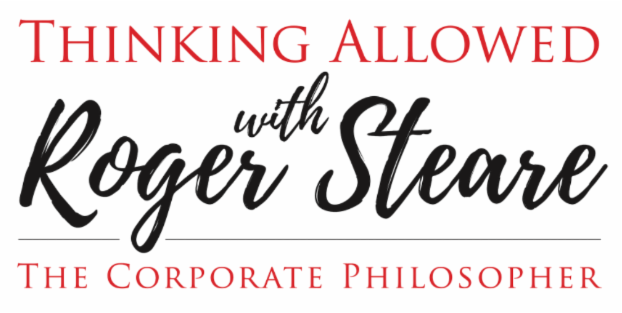Are you listening?

Over the last couple of years, I’ve been working with the internal audit team of a European bank. My first task was to coach the leadership team, but I soon found myself advising on culture audits. Although I’m not a qualified auditor, my skills and experience working with businesses either in trouble, like BP after the Gulf of Mexico disaster, or trying to be better, like Nationwide Building Society, are useful to understand how well we work together.
Culture is what educators call a “thick” subject, not because it’s stupid but because it includes so many elements. In this sense, culture defines those shared beliefs, language, behaviours, norms, values, and symbols that provide a framework for living and working. There’s not much it doesn’t include, and in the workplace, this presents a challenge for Boards, teams AND auditors to understand their culture from the inside. So, including an external perspective is helpful to objectivity. But the most important thing is hearing and listening to what people say about your culture.
There are several steps in a culture audit, most of which are familiar to both internal and external auditors, but there are also some critical differences that need to be considered.
- Define the objectives and scope. This could include defining your culture’s “current state” and assessing how this aligns with the organization’s purpose and strategy. An understanding that culture can vary greatly across an organization, down to every leader and team, also needs to be included. So, some targeted deep dives of cultural “hot spots” and “sweet spots” are essential.
- Engage leadership. The engagement and support of the Board and senior leadership teams is critical. They also need to understand that their leadership styles and their impact on the firm’s culture will be explored.
- Develop a framework. This outlines the areas that need to be assessed, including organizational values, talent management, leadership styles, decision-making processes, communication styles, ways of working and DEI.
- Collect data. A culture audit is more about qualitative than quantitative data, and it is more about hearing what people say in focus groups and confidential 1-2-1 discussions rather than relying on survey results. A relevant document review is also critical, not only because of the content but also because of the language used. Parsing for keywords and readability can tell you a lot about fear and bureaucracy.
- Analyze data. Analyze the collected data to identify discrepancies between the stated and experienced culture. Pay particular attention to what is happening at the local team level. Many corporate disasters are triggered by the action or inaction of small groups.
- Report findings. Prepare a story, not a detailed report. Culture is carried by storytelling, and you will need to get Boards and governance committees out of their spreadsheets to hear and listen to the story you tell.
- Develop action plans. These will often need to focus not on more grandiose, big-picture changes but on high-impact improvements to local leadership and the working experience of every team. Unless you want to be a dictator controlling a totalitarian organization, a positive working culture is designed to enable good people to do great work for the communities we serve.
Further Reading
Getting culture right in hospitals is literally a matter of life and death. So it’s helpful to read how clinicians look at (team) culture in the British Medical Journal.

Thinking Allowed is a weekly blog of essential reading for anyone interested in better thinking and decision-making at work. It is written by Roger Steare, the Corporate Philosopher, a Financial Times columnist and author of books and ebooks with sales of over 600,000 copies.
By submitting this form, you are consenting to receive marketing emails from: Roger Steare. You can revoke your consent to receive emails at any time by using the SafeUnsubscribe® link, found at the bottom of every email. Emails are serviced by Constant Contact
